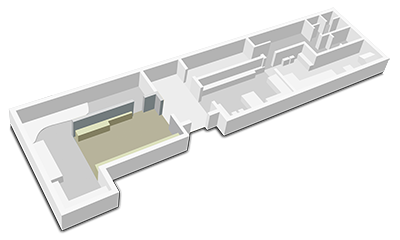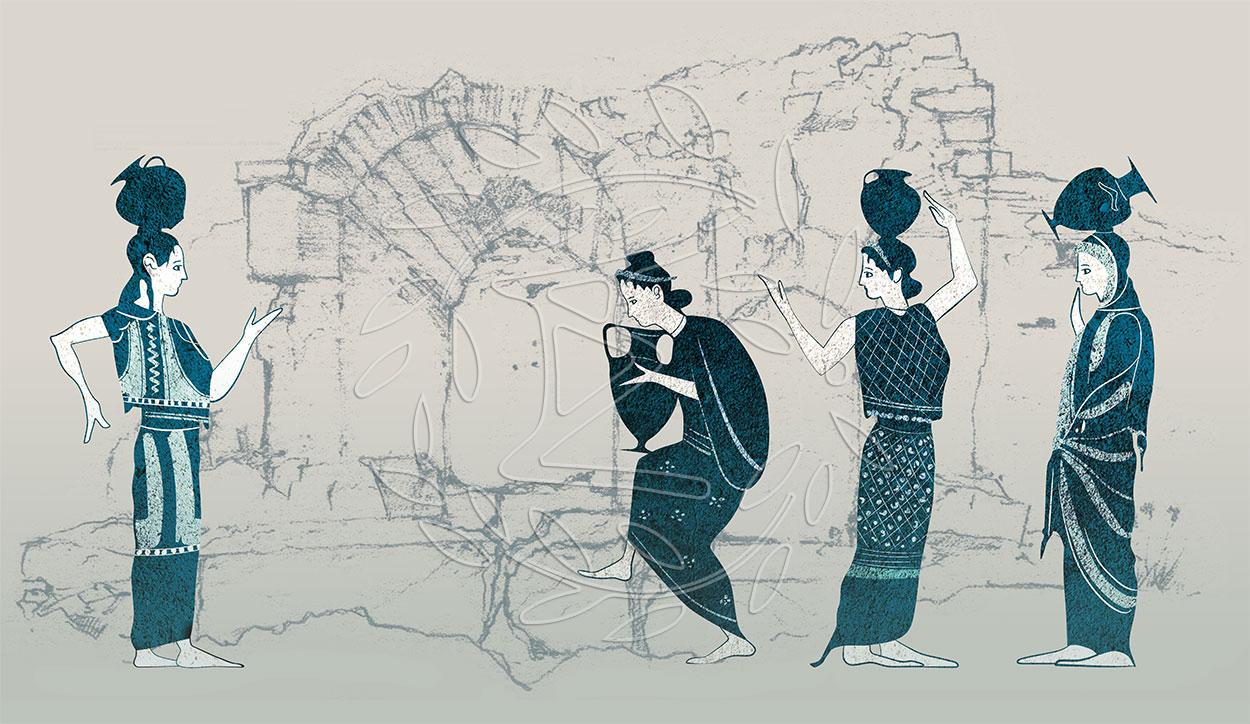Room 2 focuses on the significance of the water element for Same and especially for the Roman city.
Research here has revealed important installations related to the use of water, such as a fountain house and bath complexes, whose remains occupy a large part of Same. For this reason, part of a hypocaust room has been reproduced in the Collection, combined with a reconstruction of the bathing process.
The exhibition’s information boards give the opportunity to visitors to get to know about the baths that existed not only in Same but also in Fiscardo.
The significance of the sea for the inhabitants of Same and of the city of Panormos can also be appreciated in the section on “Sea transports – underwater excavations”.





